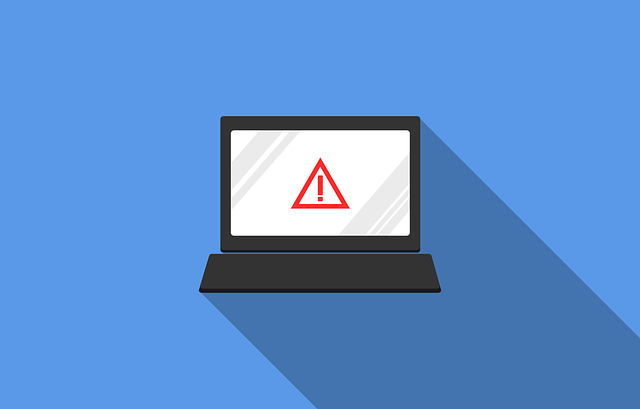IT background verification is a critical process for organizations to meet regulatory standards and protect against cyber threats in hiring tech talent. By investigating individuals' digital footprints, including education, experience, and online presence, companies ensure workforce integrity. Advanced technologies like data analytics and digital forensics enhance this process, fostering transparency and trust. Robust IT background checks safeguard sensitive data, prevent insider threats, and align operations with industry-specific regulations, thereby securing the IT sector in today's digital landscape. Staying updated on regulatory requirements and employing efficient tools ensures effective IT background verification, promoting data security and organizational reputation.
In today’s digital landscape, IT background verification is no longer a luxury but a necessity. Understanding the basics of IT background checks is crucial for navigating the complex web of regulatory compliance. With data breaches and cyber threats on the rise, ensuring safety and security within tech ecosystems is paramount. This article delves into the significance of regulatory compliance in the tech sector, explores the role of background checks in fostering security, and provides a comprehensive guide to implementing effective IT background check processes.
- Understanding IT Background Verification: The Basics
- Why Regulatory Compliance is Crucial in Tech
- The Role of Background Checks in Ensuring Safety and Security
- Implementing Effective IT Background Check Processes
Understanding IT Background Verification: The Basics

IT background verification is a critical process that ensures organizations meet regulatory standards and mitigate risks associated with hiring tech talent. This involves a thorough investigation into an individual’s digital footprint, including their education, professional experience, and online presence. By verifying credentials, skills, and past employments, companies can ensure the integrity of their workforce.
The basics of IT background verification include gathering and cross-referencing data from various sources. These may include educational institutions, previous employers, colleagues, and public records. Advanced technology, such as data analytics and digital forensics, is often employed to uncover any discrepancies or potential red flags. This meticulous process helps organizations make informed hiring decisions, fostering a culture of transparency and trust within their IT departments.
Why Regulatory Compliance is Crucial in Tech

In the rapidly evolving tech sector, regulatory compliance is more than just a legal requirement; it’s a cornerstone of successful and sustainable business operations. Non-compliance can lead to severe consequences, including hefty fines, reputational damage, and even legal action. As technologies advance, so do the associated risks and potential impacts on various aspects of society, making robust IT background verification processes indispensable. These checks ensure that individuals and organizations handling sensitive data and critical infrastructure adhere to established rules and standards.
Regulatory compliance guarantees data privacy, security, and ethical practices. It involves rigorous screening of tech professionals to verify their qualifications, work history, and potential risks associated with their roles. By implementing thorough IT background verification, companies can mitigate the risk of insider threats, protect intellectual property, and ensure that their operations align with industry-specific regulations. This proactive approach fosters trust among clients, partners, and stakeholders, solidifying the company’s position in a highly competitive market.
The Role of Background Checks in Ensuring Safety and Security

In today’s digital era, where technology permeates every facet of our lives, ensuring safety and security in the IT sector is paramount. Background checks play a pivotal role in this regard, acting as a crucial shield against potential risks and threats. By delving into an individual’s history, these verifications uncover insights that can prevent unauthorized access to sensitive data, mitigate cybercrime, and foster a secure work environment. Every detail, from previous employment records to educational qualifications, contributes to a comprehensive understanding of an applicant’s reliability and integrity.
IT background verification isn’t merely about checking boxes; it’s a strategic process designed to identify and mitigate vulnerabilities. It ensures that individuals handling critical systems and data possess the necessary skills and haven’t been involved in any malicious activities. This proactive approach not only protects organizations from internal threats but also instills confidence among clients, demonstrating a commitment to maintaining robust security standards.
Implementing Effective IT Background Check Processes

Implementing effective IT background check processes is paramount for organizations to maintain regulatory compliance in today’s digital era. Comprehensive IT background verification goes beyond traditional checks, encompassing thorough screening of technical expertise, security clearances, and potential vulnerabilities. By integrating advanced technology like automated data validation and AI-driven risk assessment tools, companies can streamline the process while ensuring accuracy.
This proactive approach not only safeguards sensitive information but also fosters a culture of trust and transparency within the IT department. Regular updates on regulatory requirements and industry best practices are essential to keeping background checks effective. Organizations that prioritize IT background verification demonstrate their commitment to data security, enhancing their reputation in an increasingly digital landscape.






